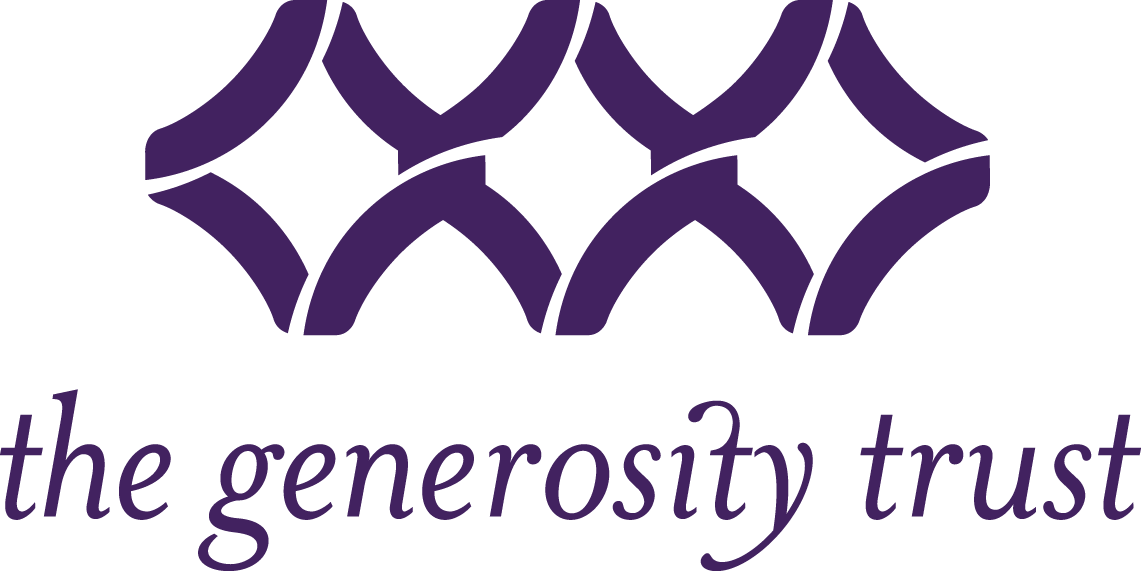Considerations on the Transfer of Donor-Advised Funds

As our world changes around us, there are ramifications for business and philanthropy.
Let’s paint a brief picture.
Carter and Sandy Goodfellow hand-picked a biblically based financial advisor some 20-odd years ago. At the time, the advisor was using a “Big House” investment platform to custody their investable assets. A few years into the relationship, some friends introduced the Goodfellows to the idea of simplifying their giving by using a Donor-Advised Fund. They contacted their trusted advisor, and naturally, it made sense to use the same Big House platform to simply open a DAF. Everything would stay nicely under one roof. For many years the process was seamless, and Carter and Sandy were satisfied with the service they were receiving while they supported the causes they loved. Then something changed. Unbeknownst to the couple, the Big House underwent some philosophical and positional changes in leadership. When the Goodfellows requested a new grant for a cause they’d regularly supported, the grant was denied. The Goodfellows received a notice that the named non-profit was no longer an approved grantee at the Big House. The Goodfellows felt stuck. They’d already gifted a large amount of money to their Big House DAF, and now they lacked the freedom to give where their hearts desired.
It’s nice to have everything under one roof, but when assets are gifted to a DAF, donors only retain advisory privileges, not ownership. In these increasingly common kinds of situations, the mission and leadership of a DAF are important considerations.
We’ve written more comprehensively about these considerations here.
There is an option for people like the Goodfellows, and it’s relatively painless. Here’s how The Generosity Trust would walk someone through the process in two simple steps.
- Establish a DAF with TGT. Decide on a name for the Fund, who the Fund Advisors will be and what type (if any) of investment nature the donor wishes to have on assets in the DAF. If you want your trusted Investment Advisor to manage the assets within the fund, TGT will work with the advisor to get the investment account established. In essence, such an invested account would still feel like it’s “under one roof” as the advisor would have access to manage the funds.
- Second, contact your “Big House” DAF provider and request a grant from your existing DAF to the newly established DAF at TGT. Because TGT is a 501(c)(3) nonprofit organization, your current DAF makes a single grant to us for the full amount in your fund. No further income tax deduction is available for this transfer, but you’ve got your freedom back. Your philanthropic assets are now under the care of an organization that is more closely aligned with your values. We then work with your Investment Advisor (if there is one) on getting the assets appropriately invested.
If you find yourself in a situation like the Goodfellows, let us help you get unstuck!
To learn more about Donor-Advised Funds at TGT, check out our frequently asked questions or contact Maria Matthews at maria@thegenerositytrust.org or Josh Suddath at josh@thegenerositytrust.org to inquire about a funds transfer.
